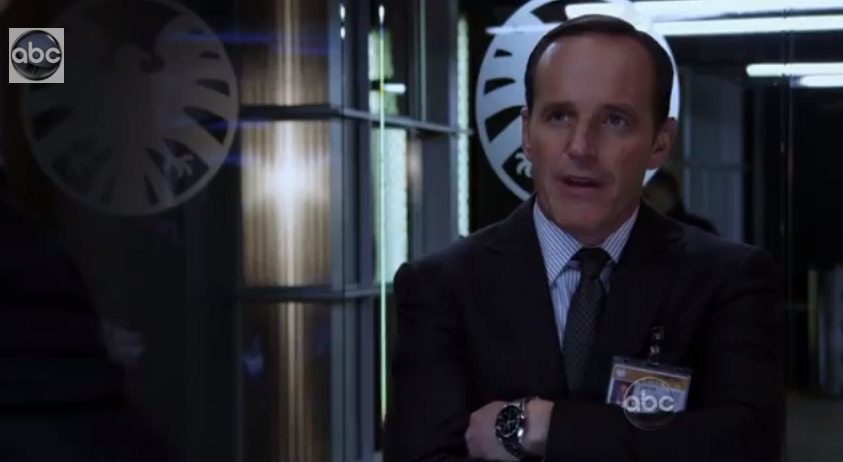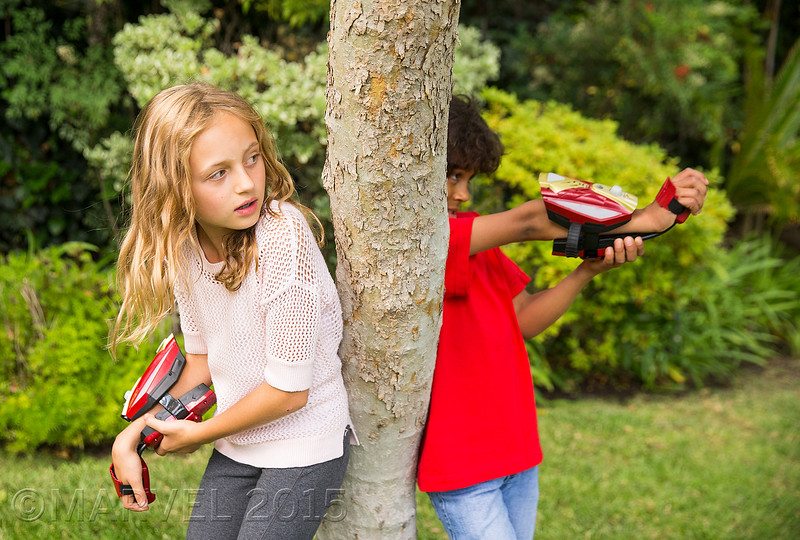No Man’s Land by Joanna Nadin is set in a near-future Britain. Well, not Britain: “Albion.” A fictional nation extrapolated from the worst possible consequences of Brexit. Xenophobia and isolationism have run rampant, a hard-right government is in power, but there are those who resist.
What Is No Man’s Land by Joanna Nadin?
This is a children’s story suitable for ages around 10 and upwards. In the book, Albion is on the verge of war with Europe. It is a dangerous time not to be white and “English”—racism is rife. Alan (named for Alan Turing—this book contains codes!) and Sam are taken to live in a remote settlement away from London. With their mother long dead, and their father in danger of being called up to fight in the war, there would be nobody left in the city to look after them.
Alan and Sam find themselves sent to No Man’s Land, a small encampment between Albion and an independent Kernow (Cornwall). The farmstead they live on must be as self-sufficient as possible, so they find themself milking goats and tending to rabbits they mustn’t name.
Within No Man’s Land, there are a few other children and, apparently, many secrets. With Sam too young to understand anything that is going on, Alan tries to piece together the politics that fizzes around him. There is talk of both friends and enemies of the state, but who is what and which is which? When his dad stops answering Alan’s texts, he and Sam decide they must travel back to London to find out what has happened to him.
Why Read No Man’s Land?
Being a younger children’s book, No Man’s Land is a gentle dystopia. One that focuses, not on the brutality of the regime, but the consequences of living in a fractured society—the cracks created by populist rhetoric that decrees one group as being superior to others.
There are two facets to the story, which focus mostly on Alan, as he is much older than his brother. The bulk of the story deals with the brothers acclimatizing to their new surroundings, learning to work on the farm, and how to fit in with strangers. Alan and Sam live in the city, and they are bewildered and fascinated by the pastoral aspects of their new situation.
Alongside this is the ongoing situation. Is Albion going to war? Why did their dad send them away? What is the Resistance? Is the Resistance good or bad? Are the people Alan now lives with good or bad? Antagonism in the novel comes through an older boy, Noah, a teenager rebelling against his surroundings. He forces Alan to question everything around him.
The result is a tense internal conflict for Alan, who is alone in a world he doesn’t understand. Worse than alone, as he has Sam to care for too.
Despite being comparatively low on thrills, No Man’s Landraces along. There is definitely some brave adventuring, but it’s bravery and adventure without fanfare. It’s a tense taut affair that prompts questions about equality, segregation, and the power of propaganda.
Overall, No Man’s Land is an engaging and entertaining story that examines difficult questions about how we treat those who are different from us. It handles its topic in a sensitive way and makes an excellent introduction to the world of dystopian fiction.
I’ve not heard of Joanna Nadin before reviewing No Man’s Land, despite her having written over 80 books. This feels like a terrible omission on my part. On the strength of this novel, I would definitely read more.
If you’d like to pick up a copy of No Man’s Land you can do so here. (affiliate link) The book is published by a small UK publisher, so may be hard to find in other regions.
If you enjoyed this review, check out my other book reviews.
Disclosure: I received a copy of this book in order to write this review.




